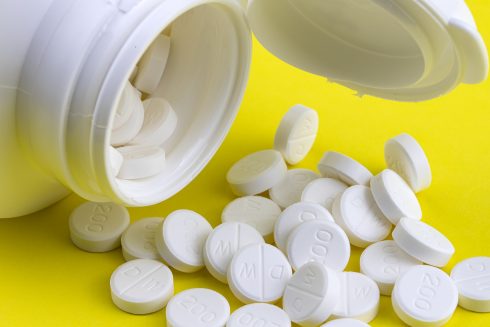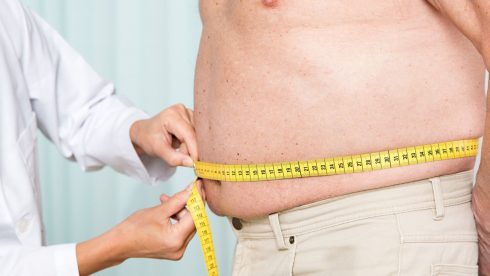DURING a mission to the simulated Martian base in the United States, the all-female crew from Spain demonstrated menstrual blood could be used as a fertilizer for growing food and green shoots on Mars.
The seven Spanish scientists, part of the Hypatia II mission, spent almost two weeks in the Utah desert at the space research station from February 2 to 14.
Marina Martínez, geologist and head of the mission’s Green Hub said the team had planted white bean seeds in different pots made of glass and cardboard. In half of the pots, they mixed in menstrual blood from two scientists and water as a ‘natural plant fertiliser.’
From their observations, the pots with the natural menstrual fertiliser had more roots and sprouted faster than the other samples.
“The fact that the plants have not died is already a success as a discovery,” Martínez said.
“It’s surreal, but until now, no scientific study has truly examined whether menstrual blood is an effective natural fertilizer.”
She said this deserves more research on Earth. In a mission where most food consumed is dehydrated, fresh green shoots would prove to be ‘very valuable’ Martínez continued.
This was also the first simulated mission where the scientists used menstrual cups, demonstrating they can be used in space and with spacesuits.
It’s one massive leap for women in space, as astronauts usually suspended their periods via hormonal methods to avoid creating waste from tampons or sanitary pads. Science communicator Jennifer García Carrizo told Spanish news agency EFE that was a result of the ‘historical masculinised view of science.’

Girls can do anything
Only one in ten space mission crew members is a woman and another significant aim of this project was to inspire more young girls to pursue a career in space. Team artist Anna Bach, with a BSc in Mathematics and Computer Science, wrote and illustrated a children’s book called ‘The Mars Explorers’ based on the women’s space adventures.
Another area of the mission’s research was whether there was a gender bias on women’s bodies living in ‘Mars conditions.’ The women faced mobility and food restrictions simulating life on the red planet.
Undergoing anthropometry before and after the Utah expedition, the study concluded that the women maintained their weight and strength, but lost muscle mass.
Alongside the focus on a women’s role in space, the team worked on sustainability, saving more than 10,500 litres of water, each crew member using just 10.5 litres of water per day, much less than the 140 litres used by the average person in the UK.
The women utitlised the use of an X-ray fluorescence gun to analyse minerals and rocks similar to those on Mars.
A new exclusively-female mission was announced by the Hypatia Mars association for 2027. The association started out as just a small group of friends from Spain’s Catalonia, who dreamed of working together to advance space science and women in STEM.
READ MORE:
Click here to read more Spain News from The Olive Press.








